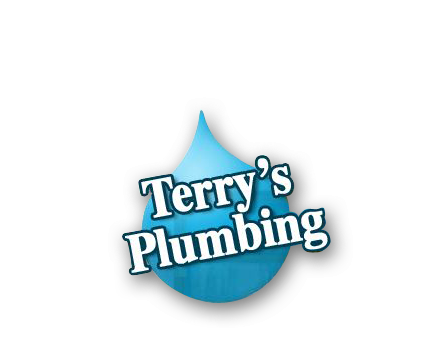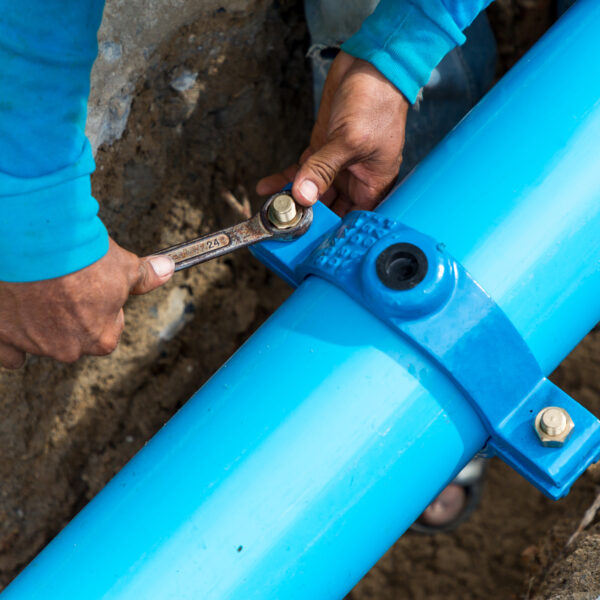 (412) 364-9114
(412) 364-9114

Ensuring clean, uninterrupted water flow is vital to the comfort and functionality of your home. At the heart of this system lies your water line—the main channel delivering water from your local supply to your taps. Over time, these lines can wear out due to age, environmental factors, or even heavy water usage, making replacement necessary. But how much does it cost to replace a water line? What factors influence the price? And, most importantly, how can you save while ensuring quality work?
This guide breaks down the costs, factors to consider, and tips for replacing your water line, helping homeowners make informed decisions about this essential upgrade.
A faulty water line can manifest in several ways. Be on the lookout for these common warning signs:
Failing to address water line problems can lead to significant consequences:
If any of these issues resonate, it might be time to consider a water line replacement.
Choosing the right material for your water line replacement can significantly influence both upfront costs and long-term durability. Here’s a breakdown of the most commonly used materials and their average costs per linear foot:
The right material for your water line replacement depends on factors like climate, soil type, and your home’s specific needs.
Multiple variables influence the total cost of replacing a water line. Here’s what you need to consider:
Larger properties may require longer water lines, increasing both material and labor costs.
The deeper the water line, the more expensive the excavation and labor.
City or state regulations often dictate the necessary materials or installation methods, which can add to the overall cost.
By understanding these factors, you can better budget for your project.
Replacing a water line isn’t cheap, but there are ways to lower the overall costs without compromising on quality:
Routine checks can catch minor issues early, helping you avoid expensive replacements.
Get quotes from multiple plumbers to compare pricing and services. Cheapest isn’t always best, but you want fair and transparent pricing.
While pricier materials like copper may cost more upfront, their durability may save you money in future repairs or replacements.
Certain contractors or suppliers may offer bulk discounts or promotions.
Invest time and effort in maintaining your water line. Simple habits—like careful landscaping to avoid tree root interference—can prolong its life.
Replacing a water line is a significant project, but it’s one that shouldn’t be delayed. Address underlying issues promptly to prevent larger, more costly repairs in the future. By choosing the right materials, understanding the associated costs, and working with trusted professionals, you can ensure that your home’s water supply operates efficiently for years to come.
At Terry’s Plumbing, we specialize in water line replacements tailored to meet your home’s unique needs. Contact us today for a professional consultation and discover how we can help ensure your home’s plumbing system stays in top shape.
Call Terry’s Plumbing now to get started on your water line replacement!